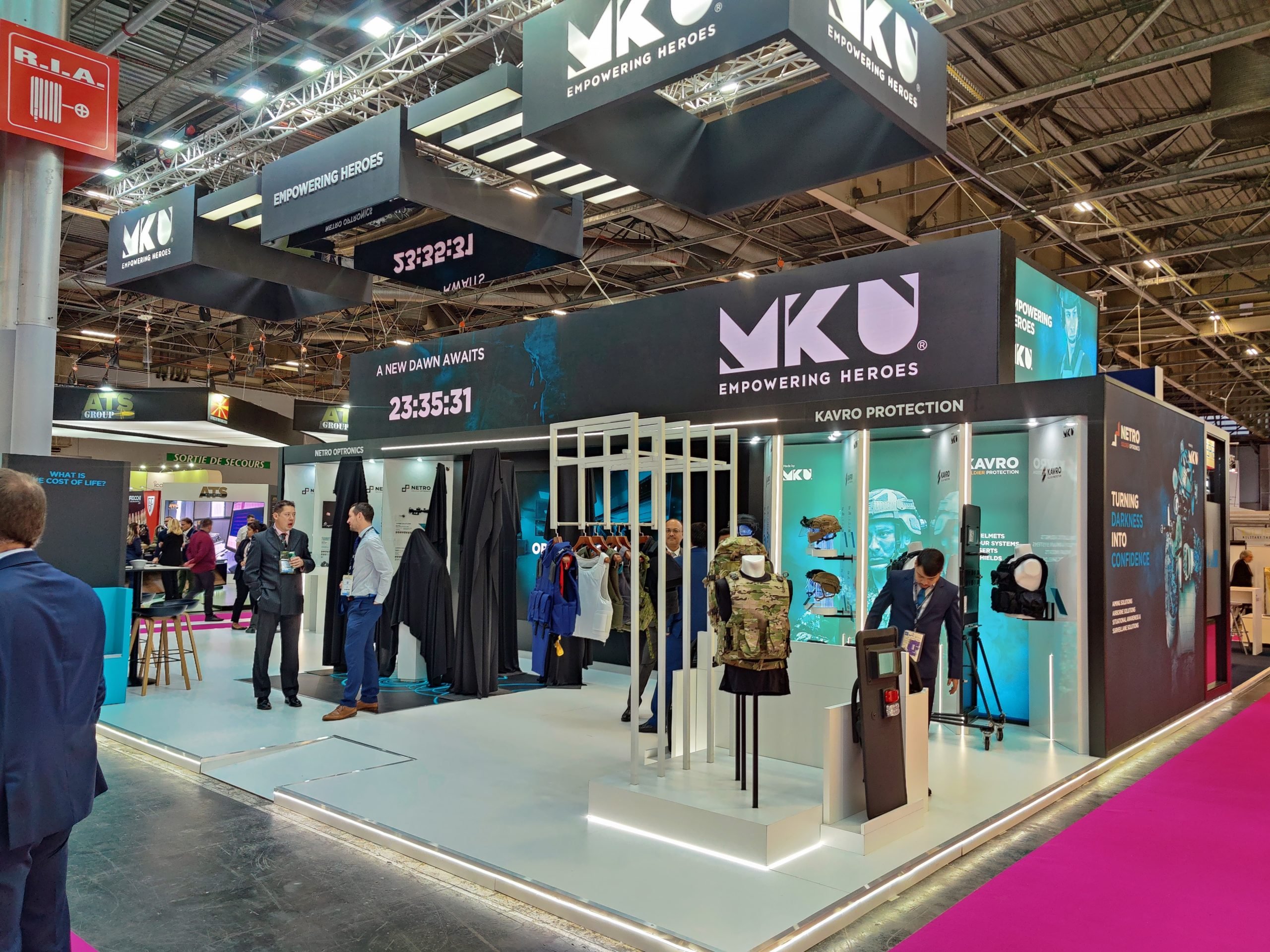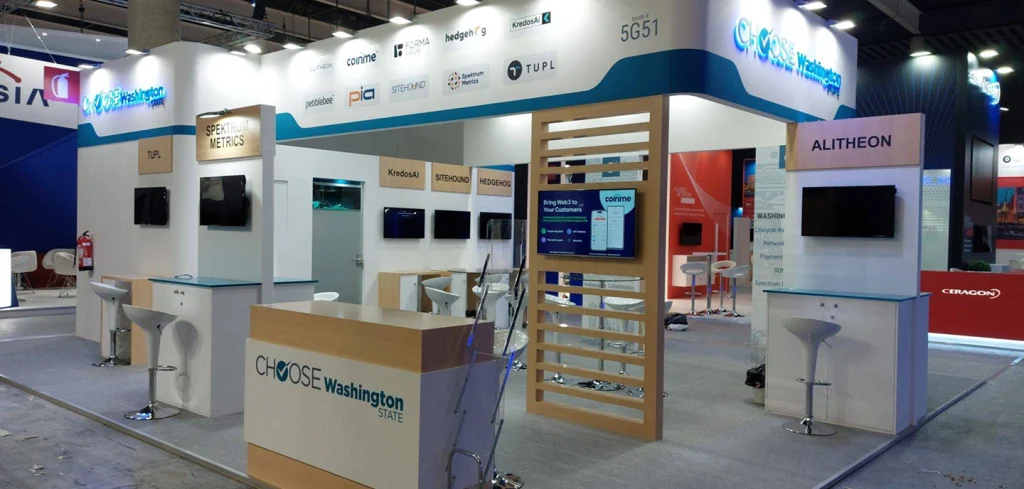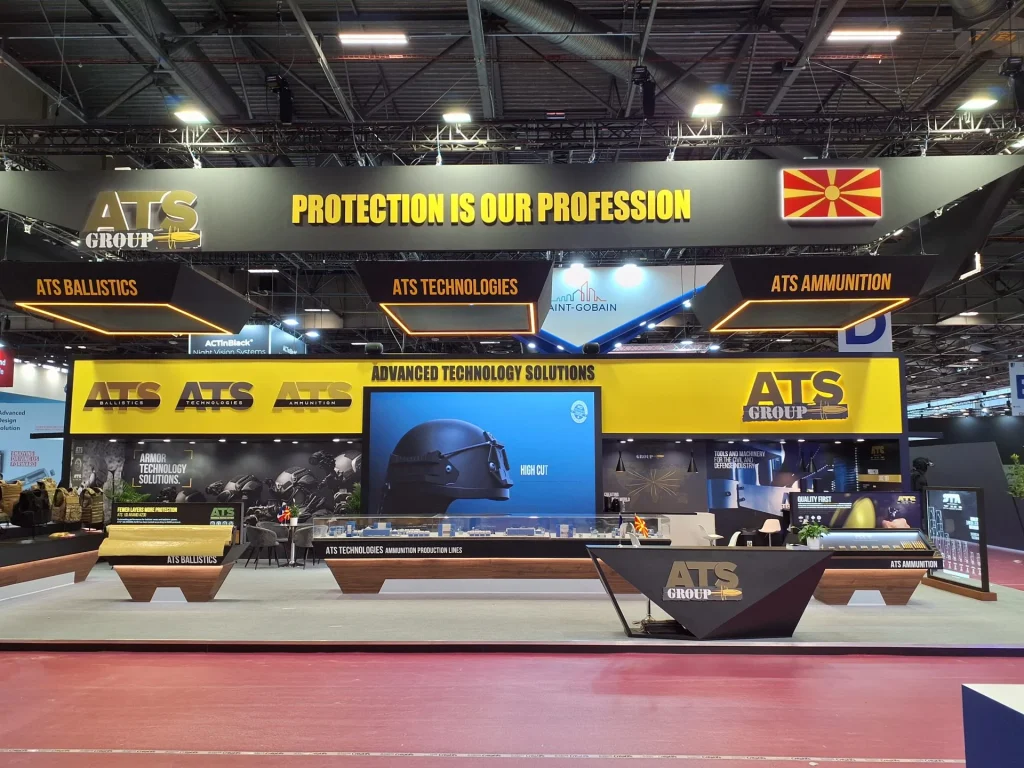
Introduction:
Trade show exhibits are dynamic events that require meticulous planning and seamless execution to achieve success. Behind the scenes, logistics and on-site management play a critical role in ensuring that everything runs smoothly and according to plan.
In this blog, we’ll explore the importance of logistics and on-site management for trade show success and provide actionable tips for navigating the complexities of event execution.
Understanding the Importance of Logistics:
Logistics encompass the planning, coordination, and execution of various operational tasks leading up to and during a trade show. From shipping booth materials to securing permits, coordinating staff travel, and managing inventory, effective logistics management is essential for streamlining processes, minimizing disruptions, and optimizing resource utilization.
By addressing logistical challenges proactively, businesses can avoid costly delays and ensure that all necessary resources are in place when needed.
Pre-Show Logistics Planning:
The key to successful logistics management begins long before the trade show doors open. Start by creating a detailed timeline and checklist that outlines all necessary tasks and deadlines leading up to the event.
This may include tasks such as booth design and construction, shipping and transportation arrangements, staff training, marketing and promotional efforts, and securing necessary permits and documentation. Assign responsibilities to specific team members and regularly track progress to ensure that everything stays on track.
Shipping and Transportation:
Shipping booth materials to the trade show venue is a critical aspect of logistics planning. Choose reliable shipping partners with experience in handling trade show freight and ensure that all shipments are properly labeled, tracked, and delivered on time.
Coordinate with venue staff to arrange for receiving and storage of materials upon arrival and establish protocols for handling any last-minute changes or contingencies. Additionally, consider alternatives such as advance shipping or onsite storage options to minimize the risk of delays or disruptions.
On-Site Management Strategies:
Once the trade show begins, effective on-site management is essential for maintaining order, addressing issues promptly, and maximizing efficiency.Establish a command center or designated meeting point where key stakeholders can gather to coordinate activities, communicate updates, and troubleshoot problems as they arise.
Implement clear communication protocols and ensure that all staff members are aware of their roles and responsibilities during the event.
Booth Setup and Teardown:
Booth setup and teardown are critical phases of the trade show process that require careful planning and coordination. Develop a detailed booth setup plan that outlines the sequence of tasks, assigns responsibilities, and allocates sufficient time for completion.
Consider factors such as booth layout, signage placement, electrical connections, and audiovisual setup to ensure a polished and professional presentation. Similarly, develop a teardown plan that facilitates efficient dismantling, packing, and removal of booth materials at the end of the event.
Vendor Management and Coordination:
In addition to managing internal logistics, trade show exhibitors must also coordinate with external vendors, service providers, and venue staff to ensure a seamless experience.
This may include coordinating with booth contractors, AV technicians, caterers, security personnel, and other vendors to fulfill specific requirements and address any logistical challenges that may arise. Maintain open lines of communication with all stakeholders and be prepared to adapt to changing circumstances to keep operations running smoothly.
Post-Show Evaluation and Debrief:
After the trade show concludes, take the time to evaluate your logistics performance and conduct a thorough debrief with your team. Review key metrics such as booth setup and teardown times, shipping and transportation costs, inventory management accuracy, and overall efficiency.
Identify areas of success and areas for improvement, and document lessons learned to inform future trade show logistics planning efforts. By continuously refining your logistics processes based on real-world experience, you can optimize efficiency and effectiveness for future events.
Conclusion:
In conclusion, logistics and on-site management are critical components of trade show success that require careful planning, coordination, and execution.
By investing time and resources into pre-show logistics planning, shipping and transportation arrangements, on-site management strategies, vendor coordination, and post-show evaluation, businesses can ensure a smooth and successful trade show experience.
With proactive logistical planning and effective on-site management, exhibitors can minimize disruptions, maximize efficiency, and make the most of their investment in trade show participation.


 Global
Global USA
USA

